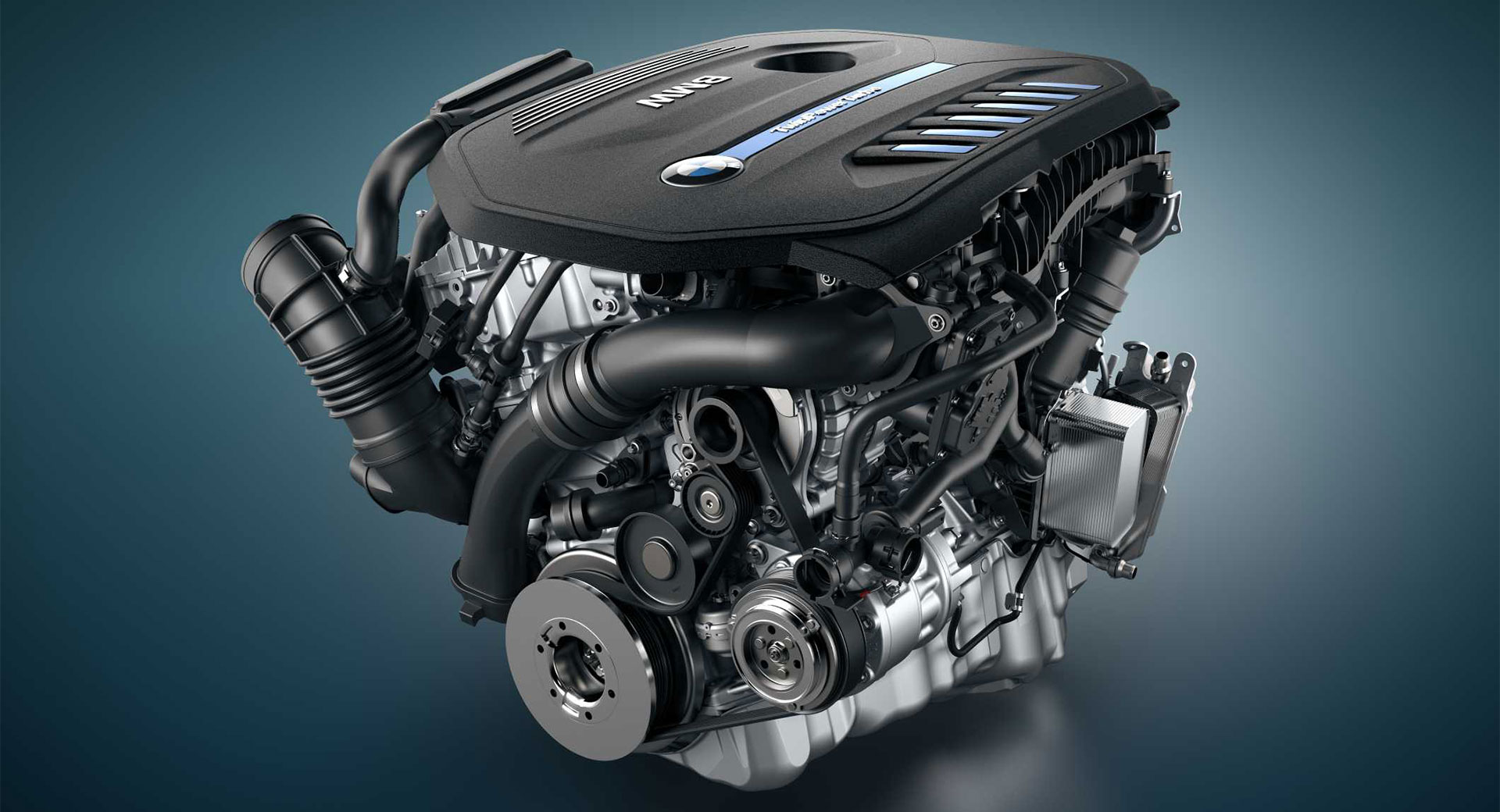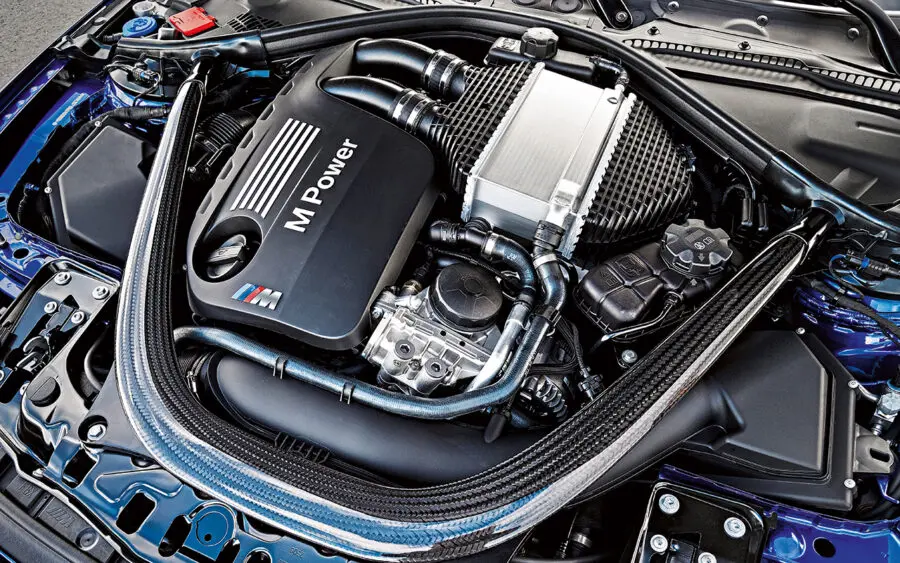Discovering the Advancement of Burning Engines in Modern Transport Equipments
As we navigate the landscape of modern transport, the development of combustion engines stands as a testimony to human resourcefulness and engineering expertise. The interaction of history, modern technology, and ecological issues in forming the trajectory of combustion engines creates a story that is both insightful and compelling.
Very Early Beginnings of Combustion Engines
Just how did the concept of burning engines initial emerge in the very early phases of transportation growth? The origins of combustion engines can be mapped back to the 17th century when the concepts of internal combustion were initial explored.
The development minute came with the creation of the initial successful gasoline-powered engine by Karl Benz in 1885 - bmw engine. This engine paved the means for the growth of the modern car, changing transportation systems worldwide. Subsequent technologies by Nikolaus Otto and Gottlieb Daimler further fine-tuned burning engine modern technology, resulting in the automation of vehicles and the rapid growth of the transport sector
These early combustion engines were identified by their simpleness and effectiveness, laying the foundation for the complicated and powerful engines utilized in contemporary transportation systems. The evolution of combustion engines has been instrumental fit the way we take a trip and move products, marking a substantial milestone in the background of transportation growth.
Transition to Internal Burning Innovation
The shift to internal burning modern technology marked a critical shift in the advancement of transport systems. This shift started in the late 19th century, with developers like Nikolaus Otto and Gottlieb Daimler establishing the first effective interior combustion engines. These engines revolutionized transport by providing a more reliable and effective option to steam engines and electrical motors.
One of the vital benefits of internal burning engines was their ability to be reduced to suit vehicles, bring about the advancement of automobiles and motorbikes. This shift from cumbersome, stationary engines to portable, mobile ones led the way for the contemporary transport systems we see today.
The shift to inner combustion modern technology also stimulated developments in gas technology, bring about the development of fuel and diesel as primary gas resources for cars. This change not only made transport more obtainable to the masses but additionally laid the foundation for the oil and gas market to come to be integral to worldwide economies.
Effect of Combustion Engines on Transport
The adoption of combustion engines in transport systems militarized an extensive change in the effectiveness and rate of global wheelchair. Burning engines transformed transport by giving a reputable and functional resource of power for numerous lorries, including automobiles, vehicles, aircrafts, and ships. This innovation dramatically enhanced the capacity for people and products to conform cross countries in shorter timespan, causing boosted connection in between areas and nations.
Moreover, the extensive use combustion engines has had a considerable influence on economic development. The ability to transport goods efficiently has actually stimulated profession and commerce, allowing companies to expand their markets and reach customers worldwide. This has actually assisted in economic growth and globalization, as items can currently be delivered quicker and in larger amounts than ever.
Nevertheless, the environmental impact of burning engines can not be ignored. The combustion of nonrenewable fuel sources has actually caused air pollution and greenhouse gas emissions, adding to environment change and posing wellness dangers to populations. bmw engine. As an outcome, there is an expanding emphasis on creating alternate propulsion technologies to minimize these adverse impacts and develop a more sustainable future for transportation
Innovations in Burning Engine Style
One remarkable innovation is the growth of turbocharged engines, which make use of exhaust gases to drive a generator that presses inbound air, enabling for even more fuel to be charred, resulting in increased learn this here now power output without a significant increase in engine dimension. Variable shutoff timing systems have actually likewise transformed engine design by optimizing air movement at various engine rates, improving both power and efficiency. These innovations jointly add to the constant improvement of combustion engines in modern-day transport systems.
Future Trends in Combustion Engine Growth
With technology advancements driving constant technology, the future of burning engine advancement is positioned to reinvent transport systems around the world. One of the key patterns in burning engine development read here is the push in the direction of greater effectiveness and lowered emissions.
One more noticeable trend is the adoption of crossbreed modern technologies in combustion engines. Hybrid engines incorporate traditional combustion innovation with electrical power, supplying improved fuel effectiveness and reduced exhausts. As the automobile market changes in the direction of electrification, crossbreed combustion engines are seen as a transitional service that connects the void in between conventional cars and completely electrical ones.
Additionally, the assimilation of smart technologies, such as expert system and information analytics, is anticipated to play a substantial duty in the future of combustion engine development. These technologies can optimize engine performance in real-time, resulting in much more effective combustion processes and improved overall car performance. Accepting these future trends will not only drive innovation in combustion engine growth yet likewise add to a much more environmentally pleasant and lasting transportation community.

Final Thought
In verdict, the advancement of combustion engines in modern transport systems has actually been marked by significant innovations in innovation and design. From the very early starts of combustion engines to the change to inner combustion technology, these engines have actually had a profound influence on transportation.
The roots of burning engines can be traced back to the 17th century when the concepts of interior combustion were initial checked out. These engines revolutionized transport by providing an extra reliable and powerful choice to heavy steam engines and electrical motors.

Comments on “A Beginner's Overview to Picking the Right BMW Engine for Your Demands”